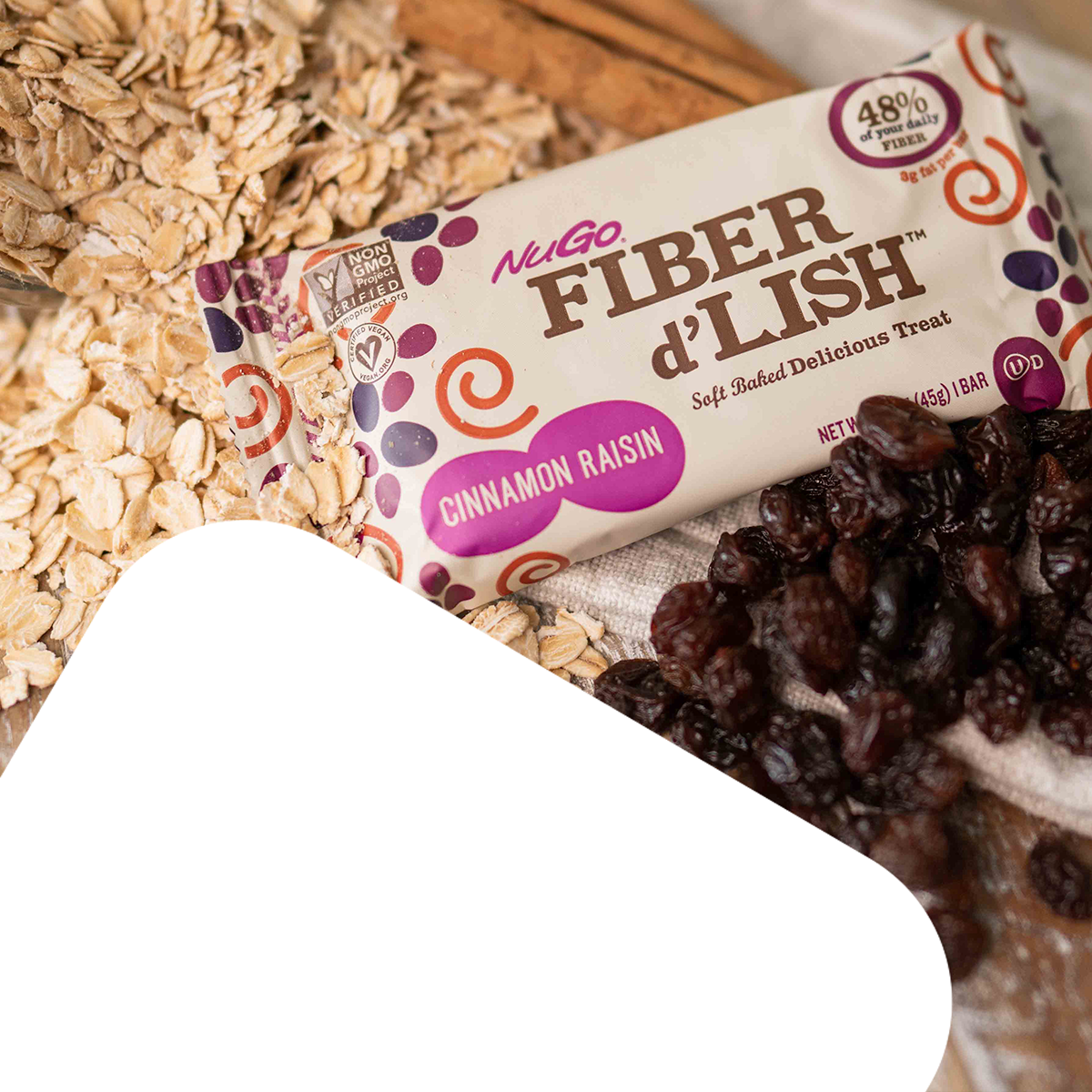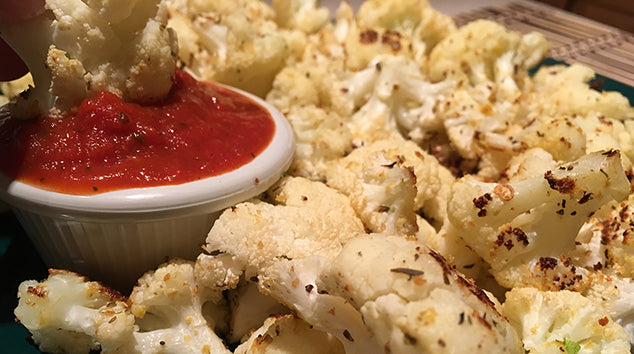Low carbohydrate diets continue to be a popular eating style for many Americans, particularly for those seeking weight management goals and for managing diabetes. While trends and diets have evolved over the years, an “official” definition for low carb is still lacking. The good news is that modern-day low carb diets have come a long way in swapping out high fat foods in favor of healthier counterparts and have somewhat loosened restrictions on the types and amounts of carbohydrate-containing foods they suggest. Instead of eliminating all foods that contain carbohydrates, they discourage refined grains, sugary cakes and cookies, while encouraging healthier carbohydrates such as fruits, vegetables and whole grains.
Don’t be fooled
It’s important to recognize that low carb diets generally DO NOT translate into lower calories, and lower calories contribute to weight loss. It is also important to note that many packaged foods marketed as low carb are not necessarily healthier or more nutritious than their higher-carb counterparts. In fact, they may be missing important nutrients such as fiber, calcium and iron. Food manufacturers have taken advantage of the low carb trend and created lower carbohydrate alternatives to things such as beer, pasta and bread that definitely cost more, may yield more calories, and don’t taste as good. As with any purchase, be a smart and informed consumer. When you need a smart low carb packaged snack, NuGo Slim bars are packed with both protein and fiber.
Getting started: Focus on fresh and natural
If low carb is the way you like to eat, be selective about your choices to ensure you are getting proper nutrition, and pay particular attention to iron, calcium and fiber – three nutrients that are lacking in many low carb diet products. Read nutrition facts labels, focus on plant foods, choose lean meats, and include unrefined whole grains such as brown rice, and legumes such as lentils to round out your daily menu. You can replace sandwich bread with lettuce wraps, pasta with spaghetti squash, and rice or mashed potatoes with cauliflower.
Think about and include daily - lean proteins like fish, poultry, tofu and eggs. Be sure to include fruits and vegetables at every meal, and consider rounding out meals with foods that contain some carbohydrate, such as dairy or dairy substitutes, oats, quinoa, legumes – these foods greatly contribute to a balanced diet, are nutrient dense and good sources of fiber, calcium and vitamin D. Even if you follow a low carb eating plan, the brain and body still prefer carbohydrates as their primary source of energy.
As far as first steps, if you are considering a low carb style of eating, consider this like any type of behavior change. Choose two or three realistic change goals and focus on beginning one at a time that you feel confident you can achieve. This might include reducing carbohydrate-containing beverages that don’t provide any nutrition, or focusing on a dinner meal that is heavy on the vegetables with a side of salmon and brown rice. Think about the reasons you are interested in making this change, the benefits of making a change, and what factors you feel most ready to make a change in.










Leave a comment
This site is protected by reCAPTCHA and the Google Privacy Policy and Terms of Service apply.